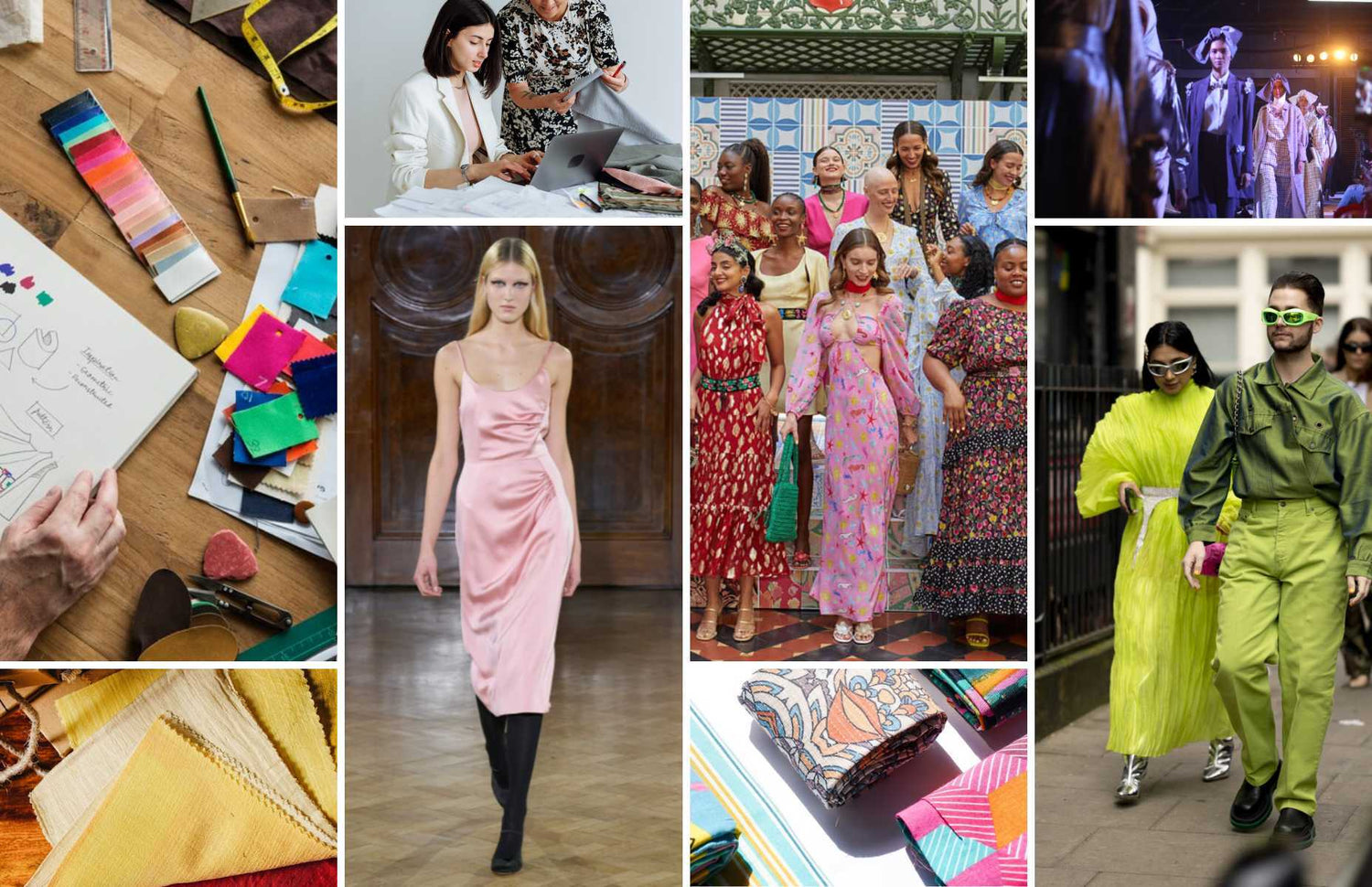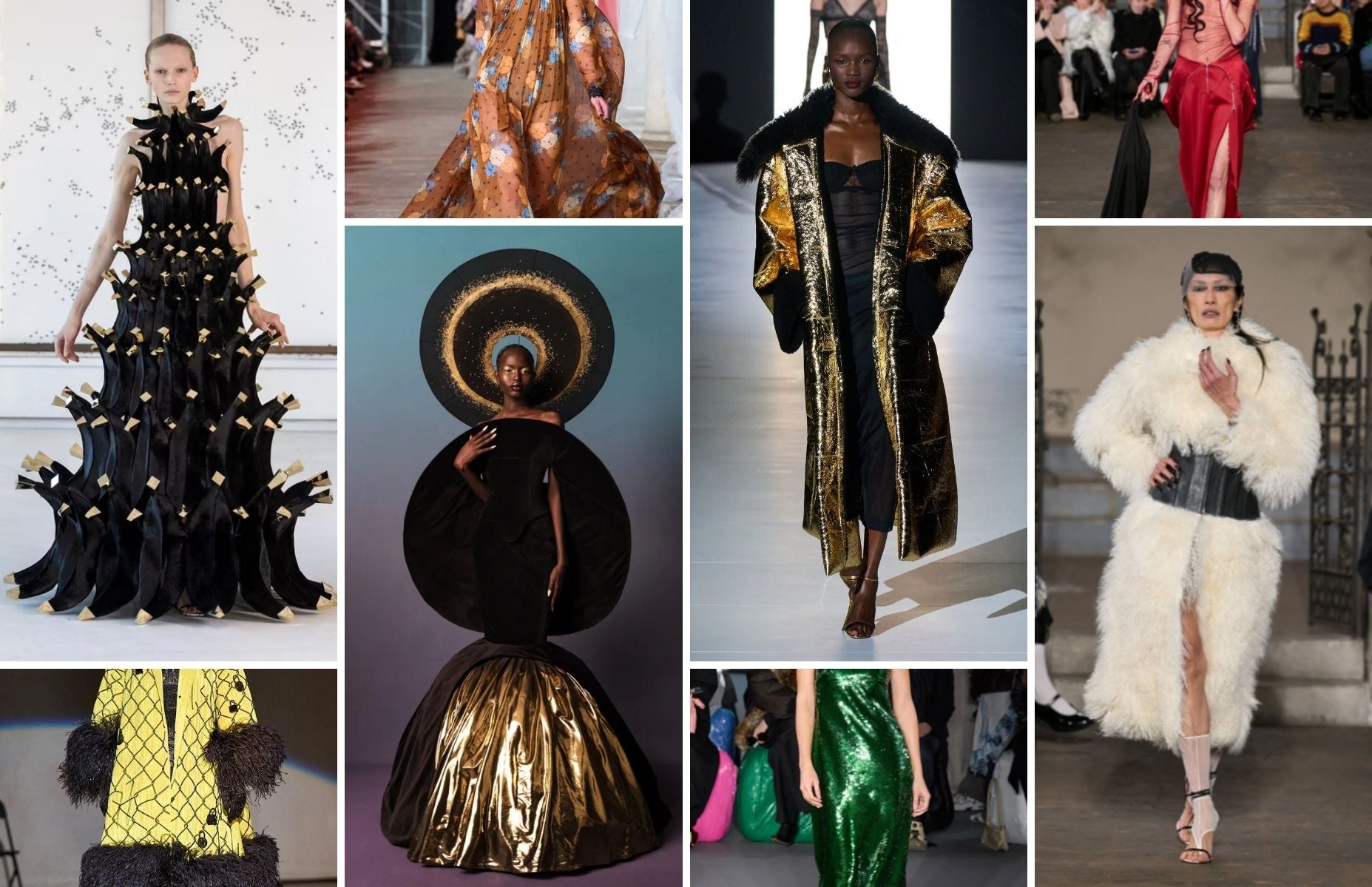Your business will stay on top as long as you cater to the needs of your consumers. It doesn't matter if your designs are glamorous, made from the finest tailors of, say, Italy - they won't sell unless people see them fit for their wardrobe.
The point being, businesses should start using technology to drive their growth. It's about time you realize "Need" is the one and only category driver in fashion. If you don't figure that out, your competitors will soon gain an edge over you. This will lead to them converting your existing buyers to their trialists. For this to not happen, it is important to know the market "trends" by forecasting them.
What is a "trend"?

In the context of the fashion industry, and for most of this article as well, "trend" is a popular style of clothing or accessory at a particular point in time. There are both Micro and Macro trends. Micro Trend only lasts for a few months or a maximum of a year. After that people will change their preferences. Macro trends, on the other hand, are expected to remain for more than just a year.
The way Micro and Macro Trend differ is based on the influencing factor. Micro trends quickly change because of the designs that come and go. Whereas the main factor for the Macro trend is lifestyle and your buyer's demography.
What is Trend Forecasting?

Trend forecasting is a method used to predict the future of a particular market. In layman terms - using data to analyze market trends and purchasing behavior. This will lead to making educated decisions before starting a new project. The same applies to the fashion industry as well. Fashion forecasters often look back at the historical data along with the change in buying behavior to pin down the upcoming design or "trend" that would be profitable for the company.
This "trend" can be any spike on the market - be it the color, fabric texture or styling technique. Shortly after finding one such trend, the fashion forecasters would develop a report, which would help the product team in coming up with a design or a project roadmap. This project roadmap will start from sourcing fabric to marketing the apparel.
Why Trend Forecasting?

To get you started, here are the five reasons why your business should have fashion/trend forecasters:
Goal setting
SMART (Specific Measurable Attainable Relevant Time Bound) goals are necessary for surviving the competitive climate in the Fashion industry. Trend forecasting would help you formulate the right business plan. This is achieved by letting the team know what to focus on for the next year or so. Business leaders can set their OKRs effectively by focusing on profit-making segments of the industry. The relevance of micro and macro trends would play a pivotal role here. It would define how the next 5 years of the company would look like.
Resource allocation

If there's one thing that businesses struggle to cope with in the Fashion industry, it would be inventory management. Positive inventory would mean you spent too much on a segment that isn't of high demand. On the other hand, negative inventory translates to incorrect project mapping by undermining the success of that segment. It's not just the product that is impacted, but all your resources - starting from your designers. If you have a system that tells you in real-time whether you should pursue anti-microbial or denim shirts based on the buying behavior of a common man, you should have your inventory and the resources allocated properly. Additionally, in order to pursue the said trends, you would need to source the fabrics as well. Having a forecasting system would give you an indication as to what fabric you need to source, at what time.
Expansion to new markets
Fashion forecasters can aid you in giving you a first mover advantage. For instance - If the forecast is on sustainable fashion, and none of your competitors has gotten into it, you can get a first-mover advantage by expanding your designs to support the sustainable claim. Zouk is known for its vegan bags, WOW Skin Science its cruelty-free products....there are a plethora of examples of brands which caught the trend at the right time to build a brand centered around a claim.
Exploiting the current market

Trend forecasting can be used effectively to gauge your current buyers' behavior as well. Based on the historical sales data, you can forecast what your buyers would buy in January, February etc. And, if you're predominantly focused on building an ECom brand - look for trends in which month your buyers are making a purchase. This way, you can minimize the marketing costs for other months, and put the excess in those months wherein people make an ECom purchase. Put this excess cash into sourcing fabrics which are more likely to succeed in the coming months or years.
Customer satisfaction
Filling the need gap is as important as identifying a new need amongst consumers. In fact, it is easier to venture into an existing need catered to buyers by another brand by tweaking the offerings a bit. Say, there's a need for having an additional pocket in a denim jacket - you would rather fill in that need than explore a new need altogether. In other words, filling the need gaps is quick and easy. For this, you can use trend forecasting to see which all competitors are losing buyers and build a need satisfaction matrix to see why they're losing out on these people. Once you can narrow it down, center your offerings around it. Yes, this is not a direct use of a trend forecasting tool, but probably one of the most powerful applications to find the "trend" of your target market!
Where to start?
Now you know why your business needs a trend forecasting system, here are some quick ways to get started. Of course, these three alone wouldn't suffice for your model - but would give you a basic understanding of how the system would take shape.
Market Research
Market Research is quintessential for anything business related - be it the new product initiative or gauging the consumer satisfaction levels we spoke about in the first half of this article. Not delving much deep into how it should be done, and the entire process involved, Market Research for trend forecasting is basically to get a repository of data for your model to accurately predict the trends. You could see this from a data collection standpoint. Run surveys to profile your buyers, get insights from them and feed them to your forecasting model.
Shows

As a business leader of a fashion brand, you are required to get accustomed to what's happening around the world. Fashion and Textile trade shows, in particular will help you a lot in identifying such shifts in the industry before your competitor, even identifies it. Not just in terms of trends, such shows will actually help you source the fabrics efficiently for the trends you foresee. In short, if you want to have a first mover advantage, be the first to source the fabric that will give you the advantage over your competitor!
Magazines

If going to runway shows is not economical, it's best to subscribe to well-known fashion magazines to get curated content on what's new in the industry. Some of the magazines that you could follow are:
GQ
Harper Bazaar
Vanity Fair
Vogue
Trend Spotter
Trend forecasting agencies
If you want expertise, it's better to go with a trend forecasting agency that can generate a trend report in exchange for a fee. This would save you time in doing the research. Just so that you don't have to spend hours in researching what agency fits well, some of the best ones ate WGSN, F-Tend, and HeuriTech. WGSN in particular has been in this business for quite long and have successfully predicted many trends in the past! You can either opt for one of such agency or use a mix of all, so that you can generate even more insights.
Adapting to changes is how businesses survive in a cutthroat industry like Clothing and Accessories. Trend forecasting will be a key differentiating factor on which companies are going to last, and which all are going to take a fall. Safeguard your business by listening to the market - forecast trends before going with your gut feeling.




